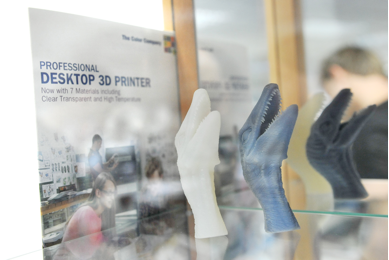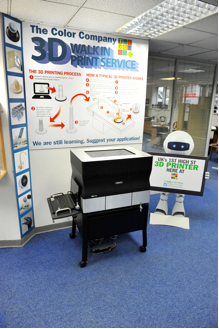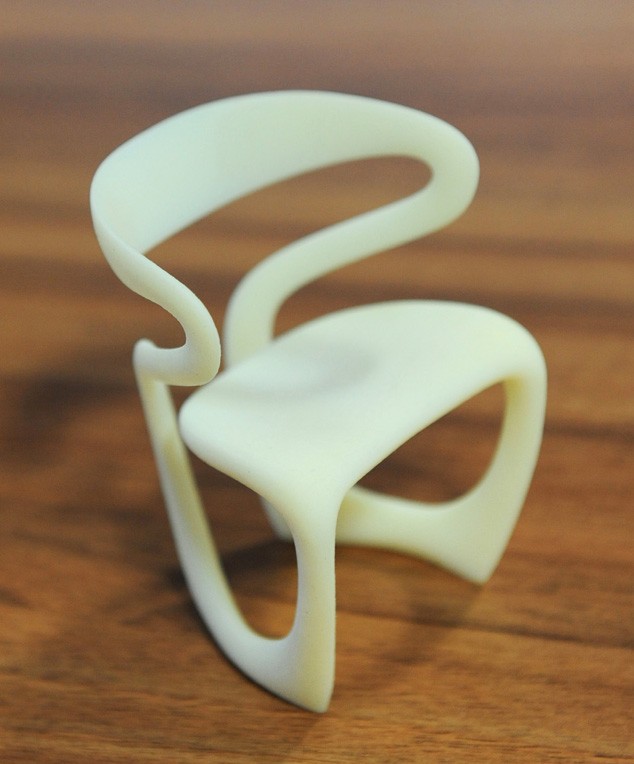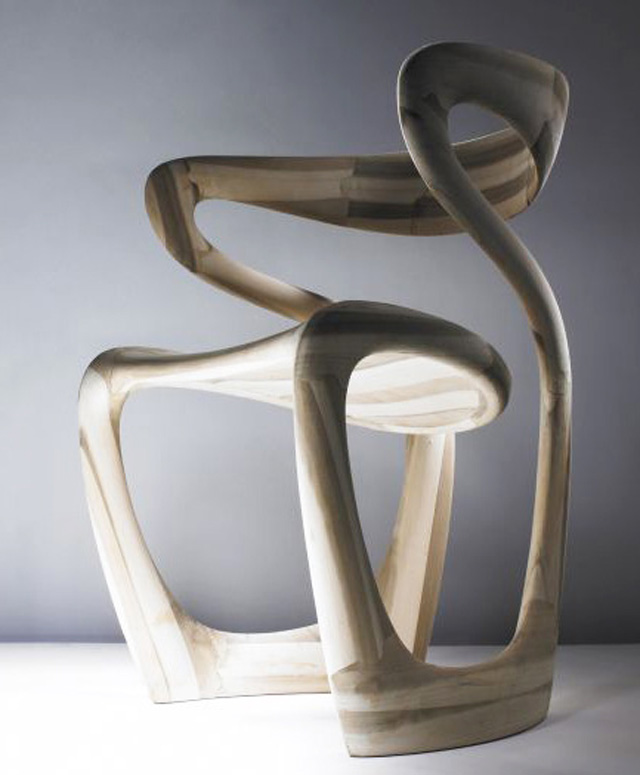3D Printing Industry has recently reported on the growth of 3D printing services in the retail sector. One of the first organizations to recognize this potential was The Color Company, a pioneer in this area with retail space across the city of London. Here Robert Feld from The Color Company gives an exclusive interview to 3DPrintingIndustry.com.
3Dprintingindustry.com: To give our readers some perspective, tell us a little about the history of The Color Company.
Robert Feld:
The Color Company can trace its roots back to the original Xerox copy shops back in the last millennium. Nowadays it is owned by an entrepreneur and is a privately held flourishing company having taken the leadership role in central London for reprographics.
I always describe our stores as being on the “Monopoly Board” as they are located in such places as Mayfair (Curzon Street 24 hours every day except Christmas Day), Fenchurch Street, Cannon Street, Strand, Soho and Victoria. Canary Wharf and Bromley By Bow too but as I play with an old board they don’t feature!
3Dprintingindustry.com: As a company traditionally offering 2D print services, when did you first notice 3D printing and when did it become a viable option for The Color Company as a consumer service?
Robert Feld:
Not only is Color Company owned by an entrepreneur but he is an innovator too and always keeps an eye on digital developments. Last year he commissioned a post graduate to report on the viability of the concept of walk-in 3D printing as an additional service to 2D.
3Dprintingindustry.com: What 3D printing equipment do you have in-house (machine type, capabilities, materials etc) and what does it offer your customers?
Robert Feld:
At the moment we have on Objet 30 Pro 3D Printer which provides excellent surface finish and builds at 28 micron layers. It prints using the Vero family of materials and the latest High Temperature and Clear material providing an excellent array of materials to choose from. We also have a Gemini Water Cleaning Systems for post print cleaning. Of course we have all of the additional infrastructure / software products needed to turn out models from STL files.
3Dprintingindustry.com: Why did you opt for Objet’s 3D printing equipment?
Robert Feld:
When the report had been completed it was found that the Objet printers offered the best diversity of materials including high temp and clear for a desktop model which would sit well in our store. The print quality and surface finished applied itself to a larger variety of client’s needs. Overall the desktop package allowed us to quickly install and develop our 3D Print Operation whilst offering the best variety of applications which is key when we do not know who will walk through our door.
3Dprintingindustry.com: What sort of response have you had from your customers and how is the 3D printing side of the business going?
Robert Feld:
A great deal of interest from a wide spectrum of applications from designer shoes to architectural buildings. Turning interest into orders and hard cash is still very much a work in progress but then we only launched the service ten weeks ago.
3Dprintingindustry.com: Have you had to deal with any unrealistic expectations from customers and if so, how do you overcome this?
Robert Feld:
Not yet! Although as forecast customers demand value for money – no different to 2D printing then.
3Dprintingindustry.com: What is your favorite 3D printed product that a customer has placed an order for?
Robert Feld:
My favourite would have to be a Contemporary Chair design by object that we printed, and indeed it ended up as the winner of our 3D print competition, which we ran in September. This is a perfect example of a company that would require 3D printing — a contemporary furniture designer/manufacturer whose philosophy is to use technology creatively. Object founder, Tom Vaughan told me that they largely work in the virtual world of the computer. When designing furniture in this medium you are very removed from the final physical piece. Scale and proportion appear very different on the computer than in reality. 3D printing enables them to rapidly produce prototypes from which they can get a better view and feel for the final physical object, reducing the number of full size prototypes that have to be produced before going to manufacture.
We imagine this is exactly the sort of project that will come into the shop more and more.







